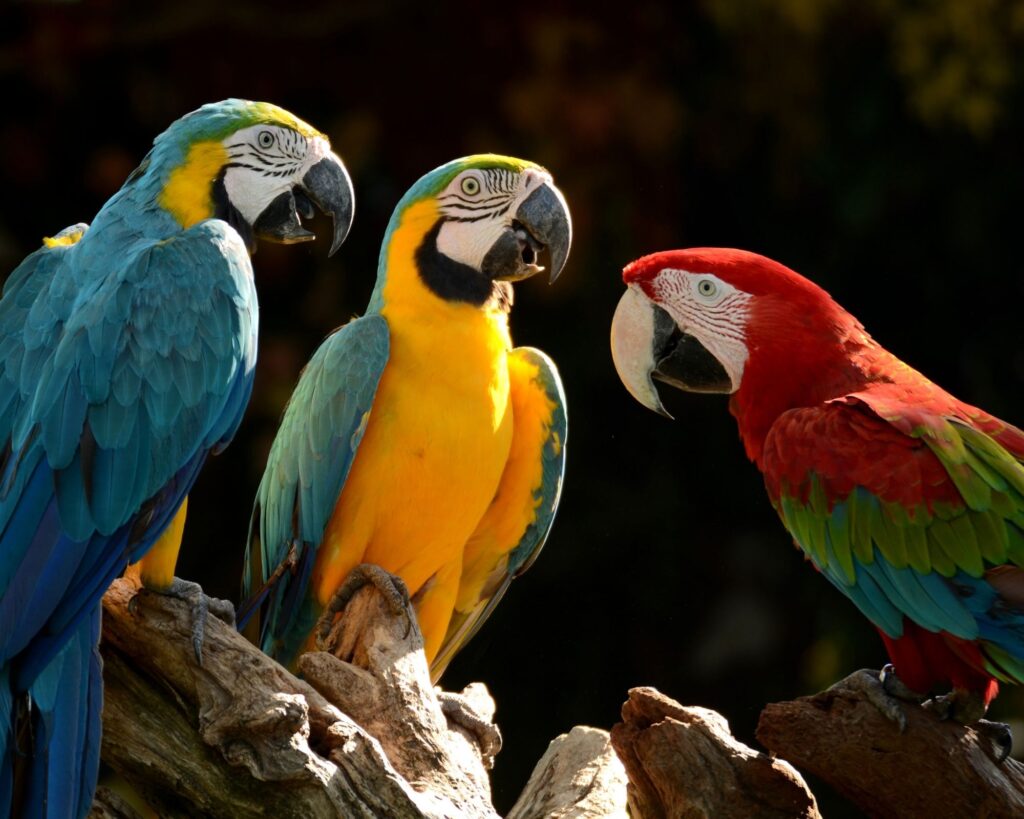
Source: AUN News
It might surprise you that cacti and seaweed are on the list of endangered species, along with giraffes, parrots, and oak trees.
It might surprise you that cacti and seaweed are on the list of endangered species, along with giraffes, parrots, and even oak trees.
One of the best survivors on the earth is seaweed, which has relatives that date back about 1.6 billion years. Large species of seaweed, like kelp, serve as underwater fish nurseries, while smaller varieties, like dulse, serve as habitats and food for marine lifeforms. However, the development of coastal infrastructure, sea level rise, and mechanical dredging are all factors in the species’ demise.
The world’s trees are in danger from several factors, including logging, deforestation for agriculture and industry, the use of firewood for cooking and warmth, and climate-related hazards like wildfires.
The International Union for Conservation of Nature (IUCN) Red List of threatened species estimates that 31% of the 430 varieties of oak in the world are in danger of going extinct. Additionally, 41% are “conservation concerns,” primarily due to deforestation for agricultural and culinary purposes.
Due to habitat degradation brought on by excessive wood cutting and growing demand for agricultural land, giraffes are hunted for their meat, and it is thought that there are just 600 West African giraffes living in the wild.
UN experts predict that unless humans interact with the environment more sustainably, the current biodiversity issue will worsen and have devastating effects on humanity.
According to Susan Gardner, Director of the Ecosystems Division at the United Nations Environment Programme, “The IPBES report makes it abundantly clear that wild species represent a vital source of food, shelter, and income for hundreds of millions around the world” (UNEP).
“Sustainable usage is when environmental functionality and biodiversity are preserved while enhancing human well-being. We are not only putting ourselves and future generations at risk by continuing to exploit these resources irresponsibly; we are also putting the populations of these species at risk.
As they have long recognized the worth of wild animals and learned how to use them responsibly, the study shows how crucial it is for indigenous people to establish tenure rights over their territory.
An equitable allocation of costs and benefits, changes in social values, and effective governance systems are a few examples of the kinds of e changes required to prevent biodiversity loss.
Governments support industries like fossil fuels, agriculture, and fisheries with more than $500 billion annually spent in ways that threaten biodiversity. According to experts, this money shouts money to reward inventions that benefit nature, sustainable food systems, and regenerative agriculture.
Analysis by: Advocacy Unified Network
